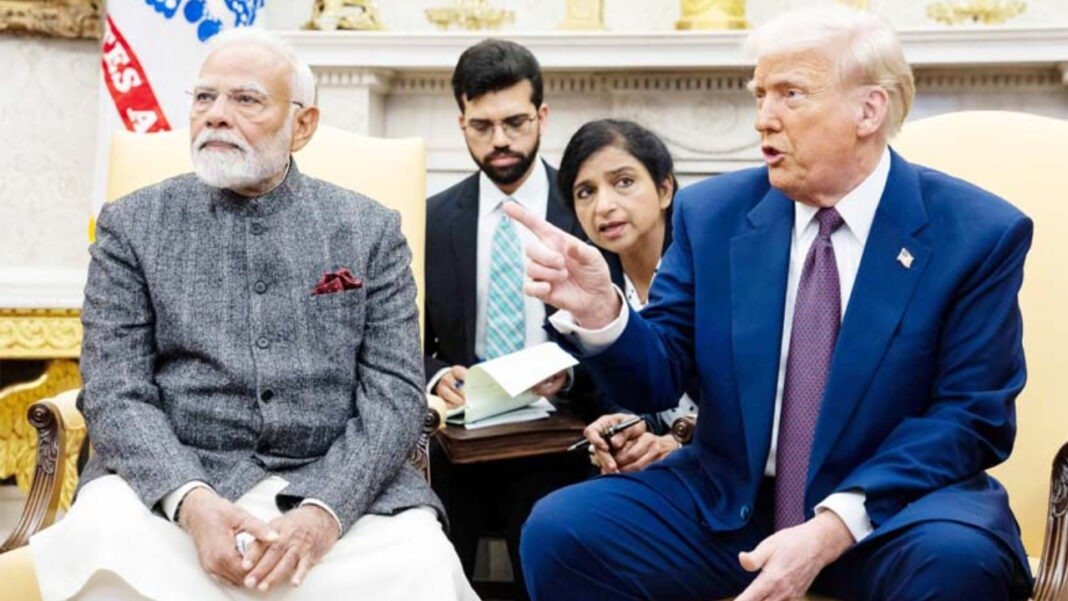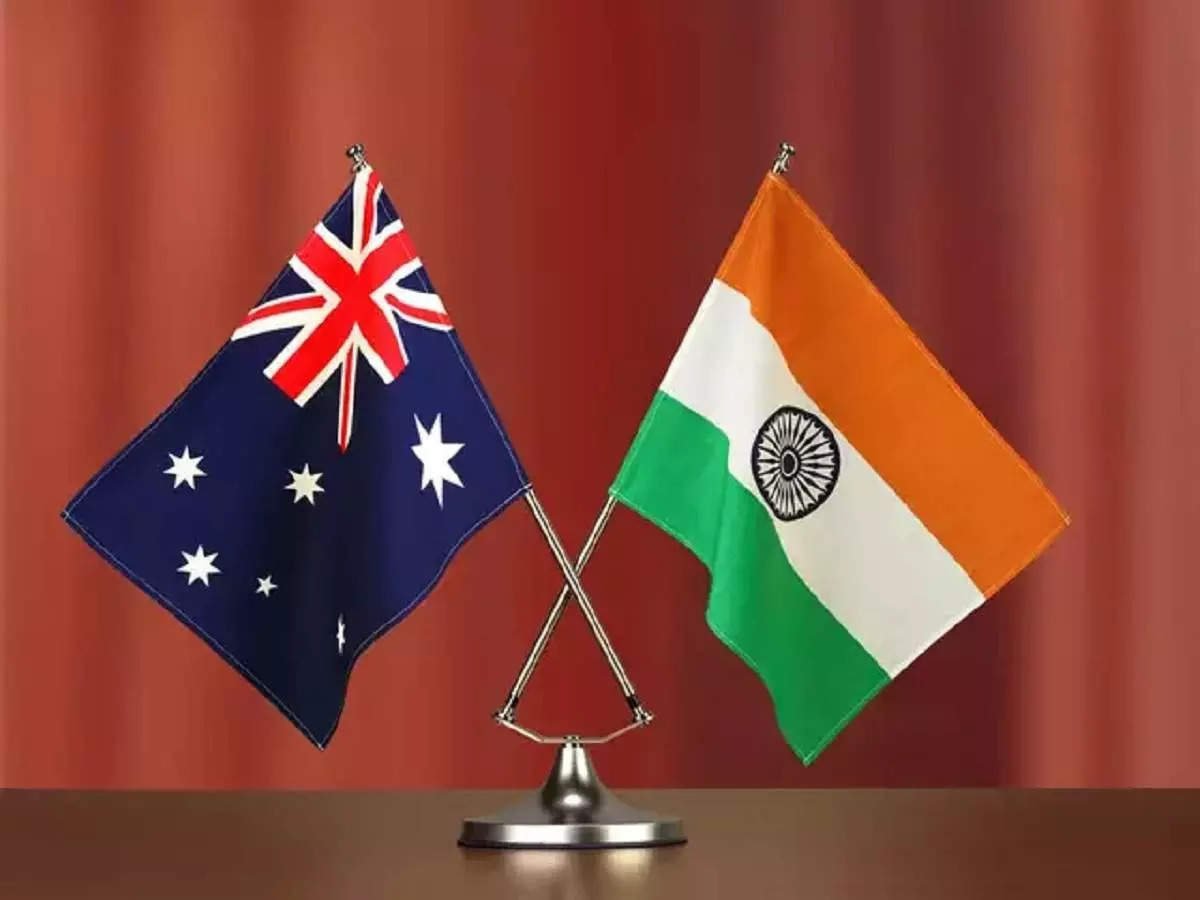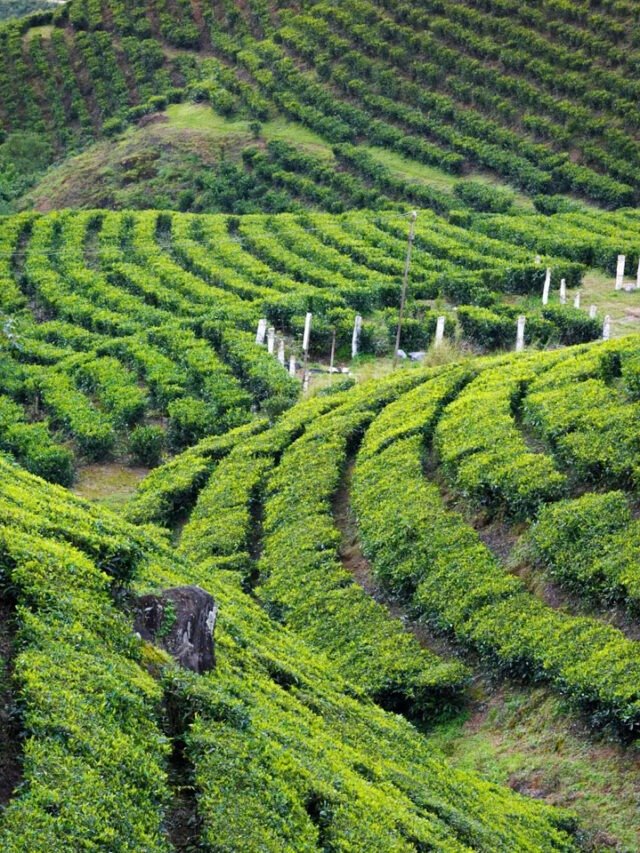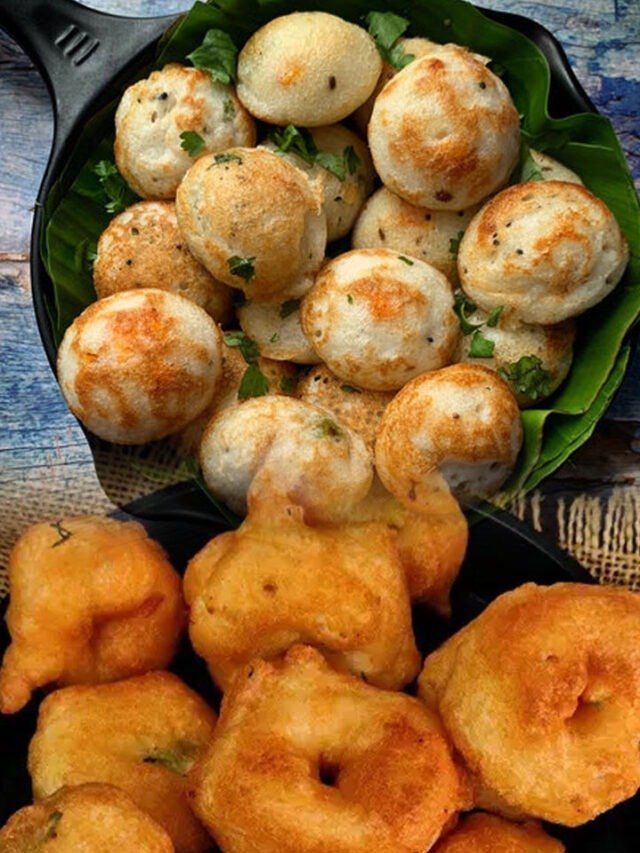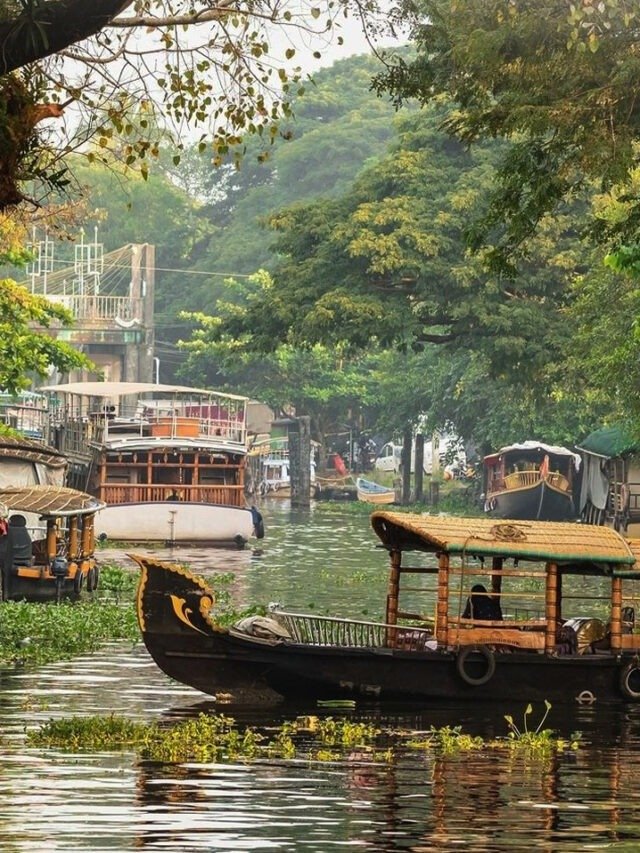NEW DELHI, April 29: India and the US are exploring opportunities for an interim trade arrangement in goods to secure an “early mutual wins” ahead of finalising the first phase of the proposed bilateral trade agreement by fall of this year.
The commerce ministry said on Tuesday that both the countries have initiated sectoral level talks and more engagements are planned from May end.
To give an impetus to the talks, India’s chief negotiator Rajesh Agrawal, additional secretary in the department of commerce, and Assistant US Trade Representative for South and Central Asia Brendan Lynch held a three-day talks last week in Washington.
During the meetings in Washington, the teams deliberated on wide-ranging subjects including tariff (related to goods) and non-tariff matters.
“The team discussed the pathway for concluding the first tranche of the mutually beneficial, multi-sector bilateral trade agreement (BTA) by fall (September-October) of 2025, including…opportunities for early mutual wins,” the ministry said in a statement.
An official said that an interim agreement with regard to trade in goods could take place as part of early mutual wins in case both sides agree.
“Initially we are focusing on goods. The non-tariff barriers being flagged by Indian side included in sectors such as marine,” the official said, adding the formal first round of negotiations are expected to start after the May meetings.
These deliberations assume significance as the US has suspended the additional 26 per cent tariffs on India till July 9. Both the nations want to take advantage of this window to push the trade talks.
US Treasury Secretary Scott Bessent on Monday said that India is likely to be among the first countries to finalise a bilateral trade agreement with the US to avert reciprocal tariffs by President Donald Trump.
“Negotiations with our Asian trading partners are going very well. Vice President (JD) Vance was in India last week and talked about substantial progress. I have mentioned that the negotiations with the Republic of Korea have gone very well. And I think we’ve had some very substantial negotiations with our Japanese allies,” Bessent said during an interview with CNBC’s Squawk Box.
The US, on April 2, announced an additional 26 per cent tariff on Indian goods entering the US. But on April 9, the Trump administration announced the suspension of these on India for 90 days until July 9 this year. However, the 10 per cent baseline tariff imposed on the countries will continue to remain in place.
India is seeking duty concessions for labour-intensive sectors like textiles, gems and jewellery, leather goods, garments, plastics, chemicals, shrimp, oil seeds, chemicals, grapes and bananas in the proposed pact with America.
On the other hand, the US wants duty concessions in sectors like certain industrial goods, automobiles (electric vehicles particularly), wines, petrochemical products, dairy, agriculture items such as apples, and tree nuts, they said.
The terms of references (ToRs) for the BTA have been finalised by India and the US for the proposed agreement, which include around 19 chapters covering issues such as tariffs, goods, services, rules of origin, non-tariff barriers, and customs facilitation.
The US has on multiple times raised concerns over certain non-tariff barriers being faced by American goods in the Indian markets.
On April 22 in Jaipur, US Vice President J D Vance urged India to drop non-tariff barriers, give greater access to its markets. Indian products too face these issues in the international markets including in America, EU, China, Japan, and Korea.
According to the 2025 National Trade Estimate (NTE) Report on Foreign Trade Barriers of the US, India maintains various forms of non-tariff barriers such as banned or prohibited items that are denied entry into India (e.g., tallow, fat, and oils of animal origin); items that require a non-automatic import licence (e.g., certain livestock products, pharmaceuticals, certain chemicals, certain IT products); and items that are importable only by government trading monopolies and are subject to cabinet approval regarding import timing and quantity (e.g., corn under a tariff-rate quota).
The report has also stated that India imposes Technical Barriers to Trade (TBT) such as mandatory quality control orders, and compulsory domestic testing and certification requirements for equipment.
The US remained India’s largest trading partner for the fourth consecutive year in 2024-25 with bilateral trade valued at USD 131.84 billion. The US accounts for about 18 per cent of India’s total goods exports, 6.22 per cent in imports, and 10.73 per cent in the country’s total merchandise trade.
With America, India had a trade surplus (the difference between imports and exports) of USD 41.18 billion in goods in 2024-25. It was USD 35.32 billion in 2023-24, USD 27.7 billion in 2022-23, USD 32.85 billion in 2021-22 and USD 22.73 billion in 2020-21. The US has raised concerns over this widening trade deficit.
In 2024, India’s main exports to the US included drug formulations and biologicals (USD 8.1 billion), telecom instruments (USD 6.5 billion), precious and semi-precious stones (USD 5.3 billion), petroleum products (USD 4.1 billion), gold and other precious metal jewellery (USD 3.2 billion), ready-made garments of cotton, including accessories (USD 2.8 billion), and products of iron and steel (USD 2.7 billion).
Imports included crude oil (USD 4.5 billion), petroleum products (USD 3.6 billion), coal, coke (USD 3.4 billion), cut and polished diamonds (USD 2.6 billion), electric machinery (USD 1.4 billion), aircraft, spacecraft and parts (USD 1.3 billion), and gold (USD 1.3 billion).
Meanwhile, the US Trade Representative’s (USTR) 2025 Special 301 report has again placed India on its ‘priority watch list’ stating that New Delhi remains one of the world’s most challenging major economies with respect to protection and enforcement of intellectual property (IP) rights.
It said that although India has worked to strengthen its IP regime, including raising public awareness about the importance of the subject, and engagement with the US on IP issues has increased, there continues to be a lack of progress on many long-standing IP concerns.
“India remains one of the world’s most challenging major economies with respect to protection and enforcement of IP… India remains on the Priority Watch List in 2025,” it said. (PTI)


